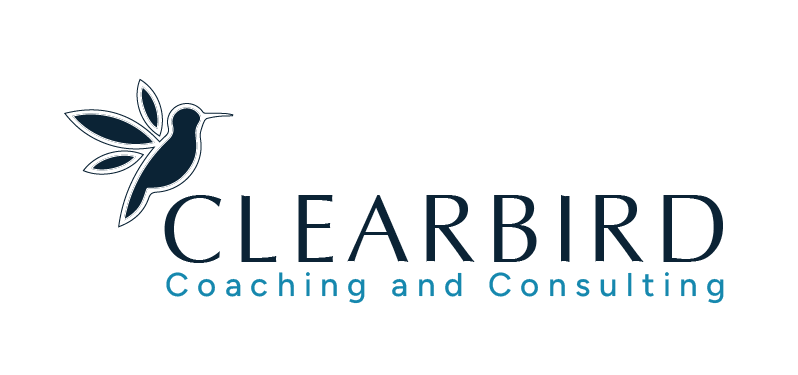The Art of Saying No: Why Strategic Boundaries Matter More Than Ever
Master the lost art of saying no to avoid burnout and boost focus, impact and productivity. Learn how strategic boundaries can help you focus on high-impact work, improve well-being and enhance leadership effectiveness. Read more on how to say no without damaging relationships.
As an executive coach, with a couple of specific lens’s on presence and impact and burnout, I see it all the time: back-to-back meetings, relentless demands, and the expectation to always be available. Many leaders find themselves stretched thin, constantly saying yes to projects, to stakeholders, to new responsibilities, without pausing to consider what they’re saying no to in the process.
Has the System Shifted?
Since the pandemic, the psychological contract between employees and organisations has changed. Flexible working and hybrid models promised greater autonomy, yet for many, the reality has been an erosion of boundaries. The expectation has subtly shifted: saying no now feels more uncomfortable, almost taboo, as if it signals a lack of commitment or capability.
The new and unspoken psychological contract includes the expectation of hyper-responsiveness and hyper-productivity, sometimes at the cost of collaboration and relationships. Something is amiss though as we can’t be ‘hyper’ all the time. It’s just not sustainable.
And here’s the paradox: those who master the art of saying no, not out of avoidance, but out of strategic clarity, are often the ones who thrive.
The Cost of Always Saying Yes
When we reflexively say yes to everything, we dilute our focus, compromise our effectiveness, and increase the risk of burnout. Research consistently links excessive workload with declining mental health, poor decision-making, and reduced creativity. Saying yes indiscriminately doesn’t serve us, our teams, or our organizations. It simply creates a culture of busyness rather than impact.
Busy Bee or Busy Fool?
Many of my clients reach a breakthrough when they recognize the power of selective focus. One recently reflected:
‘I realised I was getting more recognition for saying no strategically, by delivering real value in a few key areas, rather than spreading myself thin across everything.’
There is a critical distinction between being productive and just being busy. The latter often leads to burnout, while the former drives meaningful progress.
How to Say No (Without Damaging Relationships)
Saying no is not about shutting doors - it’s about making conscious choices. Here’s how to navigate it effectively:
1. Reframe No as a Strategic Choice
Instead of seeing no as a rejection, view it as an opportunity to direct your energy toward the highest-impact work.
2. Use the ‘Yes, If’ Approach
Rather than a flat no, consider:
Yes, I can take this on if we deprioritize X.
Yes, if we extend the deadline to ensure quality.
Yes, if we allocate additional resources.
3. Clarify Priorities with Leadership
If everything is urgent, nothing truly is. Push for clarity: Which of these competing priorities is the most critical right now? This shifts the responsibility back to decision-makers.
And ask for clarity around when the ask is needed for. This gives the power back to you to prioritise, plan and take the reins on your own time.
4. Recognize That Saying Yes to One Thing Means Saying No to Another
Every commitment has an opportunity cost. Are you trading deep, strategic work for reactive firefighting?
5. Set Boundaries and Stick to Them
This could mean blocking focus time, limiting meeting overload, or establishing clear working hours, especially in a hybrid world where boundaries have become blurred. And when blocking time, assign an area of focus to that blocked out time.
The Impact of Saying No
Mastering this skill doesn’t just prevent burnout; it enhances leadership presence. Leaders who are intentional with their time are seen as decisive, focused, and capable of driving real results.
If we want to create sustainable success, both professionally and personally, we need to reclaim the lost art of saying no. Not as a rejection, but as a strategic decision that ensures we are saying yes to what truly matters.
What’s one thing you’ve said no to recently that made a difference? Let’s start the conversation.
If you want to develop the art of setting strategic boundaries as part of elevating your presence and impact, get in touch to enquire about coaching programmes that can help.




